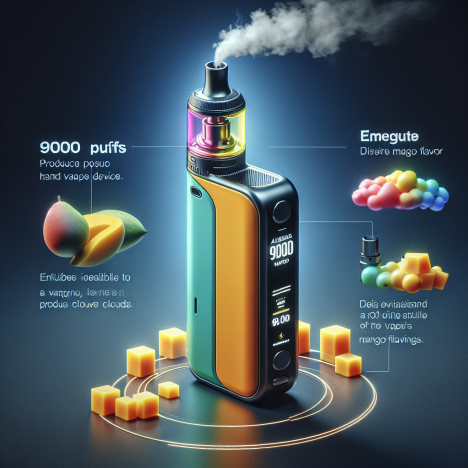vapes Complete Review: Features, Performance & User Experience
“`html
Introduction to vapes
Vapes, also known as electronic cigarettes or e-cigarettes, have become increasingly popular over the past decade. These devices are designed to simulate the experience of smoking by heating a liquid (commonly referred to as e-liquid or vape juice) to produce an aerosol, which is then inhaled. vapes are often marketed as a safer alternative to traditional tobacco cigarettes, but they come with their own set of risks and considerations. In this article, we will explore the different types of vapes, their components, and the pros and cons of using them.
Types of vapes
There are several types of vapes available on the market, each catering to different preferences and needs. Here are the most common types:
- Cig-a-likes: These are the earliest form of e-cigarettes and resemble traditional cigarettes in size and shape. They are typically disposable or come with replaceable cartridges.
- Vape Pens: Slightly larger than cig-a-likes, vape pens are cylindrical devices that offer more battery life and customization options. They are popular among beginners.
- Pod Systems: Compact and user-friendly, pod systems use pre-filled or refillable pods instead of traditional tanks. They are known for their portability and ease of use.
- Box Mods: These are advanced vaping devices that offer extensive customization options, including adjustable wattage, temperature control, and more. They are favored by experienced vapers.
Components of a Vape
Understanding the components of a vape is essential for both beginners and experienced users. Here are the key parts:
- Battery: The power source of the vape. It can be built-in or removable, depending on the device.
- Atomizer: This is the heating element that vaporizes the e-liquid. It includes a coil and a wick.
- Tank/Pod: The container that holds the e-liquid. Tanks are typically used in vape pens and box mods, while pods are used in pod systems.
- Mouthpiece: The part of the vape that you inhale from. It can be integrated into the device or detachable.
Pros and Cons of Vaping
Vaping has its own set of advantages and disadvantages. Here’s a breakdown:
Pros
- Reduced Harm: Vaping is generally considered less harmful than smoking traditional cigarettes, as it eliminates the combustion process that produces harmful tar and carcinogens.
- Variety of Flavors: E-liquids come in a wide range of flavors, from traditional tobacco to fruity and dessert-inspired options.
- Customization: Advanced vapes allow users to adjust settings like wattage and temperature, providing a personalized vaping experience.
Cons
- Health Risks: While vaping is less harmful than smoking, it is not risk-free. The long-term health effects are still not fully understood.
- Addiction: Many e-liquids contain nicotine, which is highly addictive. This can lead to dependency, especially among young users.
- Regulation and Quality Control: The vaping industry is still relatively new, and not all products are subject to strict quality control. This can lead to inconsistencies and potential safety issues.
Conclusion
Vapes have revolutionized the way people consume nicotine and other substances, offering a potentially safer alternative to traditional smoking. However, they are not without their risks. Whether you are a beginner or an experienced vaper, it’s important to stay informed about the latest research and regulations. For more information on vapes and related products, visit vapes.
“`

